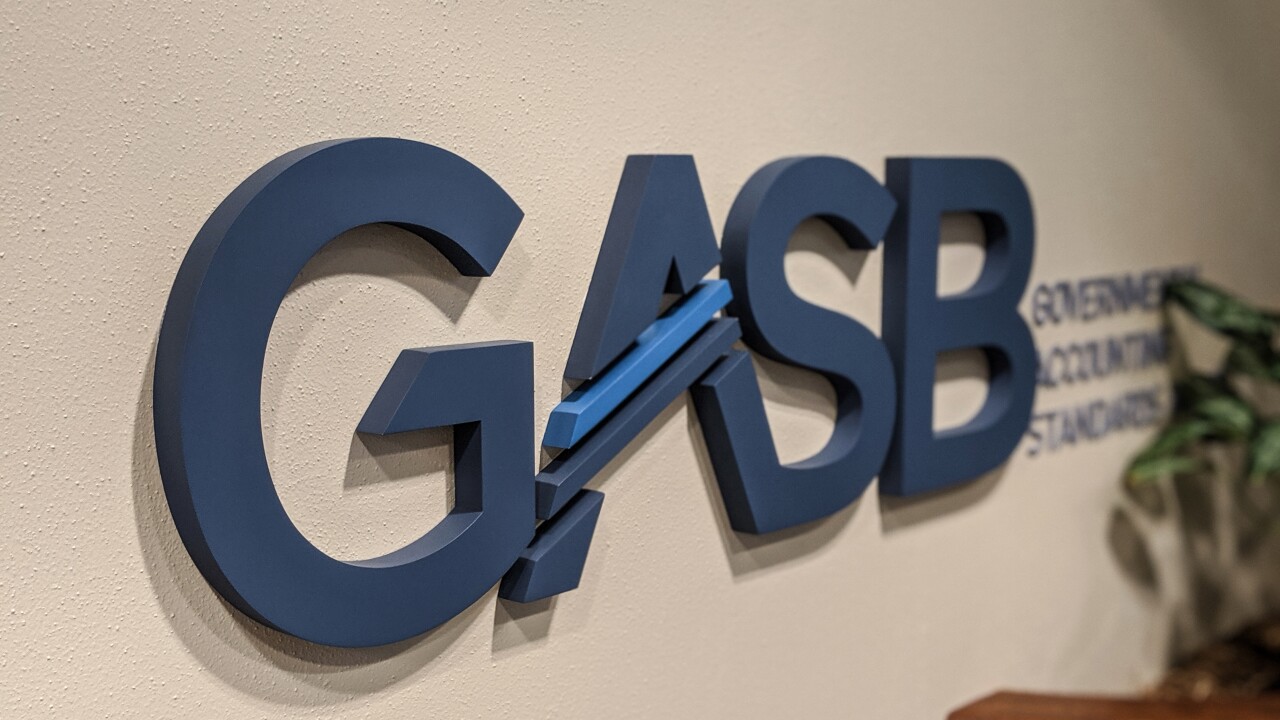
WASHINGTON — A dispute over the revenue projections for the Dulles Toll Road provides the backdrop for a hearing the Fairfax County, Va., Board of Supervisors is preparing to hold March 20 to decide whether to approve the next phase of construction on an associated rail line.
The revenues will back the bonds used to help finance the construction of the transit rail line.
Terry Maynard of the Reston Citizens Association, of Reston, Va., released a study in late January that was critical of the toll road revenue projections produced during the past few years by CDM Smith on behalf of the Metropolitan Washington Airports Authority.
The firm’s projections — issued in 2005, 2009 and 2012 — show much different levels of expected revenue. The 2005 projection shows the road collecting $141.7 million in toll revenue for 2020, while the 2009 study shows the same road generating $219.9 million that year. In the 2012 projection, the number is $256.6 million.
The Dulles Toll Road’s revenues are supposed to back bond issues of more than $2 billion to help finance the lengthening of the Washington Metrorail’s new Silver Line — a 23-mile extention of the Washington Metropolitan Area Transit Authority’s Orange Line to Dulles Airport.
The project is a joint effort between the MWAA and Virginia’s Fairfax and Loudoun counties. Maynard said the Reston Citizens Association does not want phase two of rail construction approved until another forecast by a firm other than CDM Smith confirms the feasibility of the business plan.
The funding entities “are putting too much reliance on a single [traffic and revenue] forecast by a provider whose other forecasts, like those of its competitors, have substantially overestimated toll revenues,” Maynard said. “We need to have a second look at the forecast by a disinterested party before we commit Dulles Toll Road users to huge toll increases in the years ahead.”
The legality of those tolls is still under dispute. A lawsuit filed by two Virginia residents arguing that the MWAA cannot legally toll the road to fund a different project was thrown out last year by the U.S. District Court for the Eastern District of Virginia, but has been appealed to U.S. Court of Appeals for the Federal Circuit.
Tolls on the road are likely to increase in coming years: the most recent CDMS projection has tolls reaching $6.75 by 2020 and $10.75 by 2030. The 2005 study, by contrast, assumed tolls would remain at $2.00 until 2030. Those toll increases have not been approved are only projections provided to CDM Smith for the purpose of the analysis, according to MWAA chief financial officer Andrew Rountree.
Jonathan Pagan, principal project manager at CDMS, defended his firm’s projections and said RCA’s allegations of “optimism bias” are unfounded. Maynard’s report accused CDMS of using the most optimistic available economic data to justify the toll road’s outlook.
In a Feb. 6 letter to Rountree, Pagan denied cherry-picking data and said the traffic and revenue projections are “best considered as a range of results” because such projections are by nature “based on a series of assumptions that are known at the time of the study.”
While the 2005 projections shows about 130 million more toll transactions in 2020 than the projections made this year, the most recent ones assume a completely different toll schedule.
Pagan said the CDMS projections have been accurate so far. He said that of the 22 toll facilities the firm has made projections for since 1995, more than 85% of them had actual revenues that fell within 25% of estimates over the first five years.
Although the firm can point to a number of accurate projections — and even several cases where revenues exceeded projections — the RCA points to the San Joaquin Hills toll road in Orange County, Calif. That road, analyzed by CDMS, then known as Wilbur Smith Associates, opened in late 1996 and generated only half the revenue the firm projected in its first year.
The road consistently underperformed in subsequent years, and last year the issuer had to negotiate a seven-year extension of the maturity dates of the bonds that helped finance the road. Moody’s Investors Service downgraded the bonds shortly after that.
The variation seen in the Dulles Toll Road projectons does not shock Standard & Poor’s analyst Todd Spence. “It’s not unusual,” he said. “It’s unfortunate.”
A January rating by S&P placed the road’s primary revenue bonds at BBB-plus, which Spence said “reflects our concerns associated with the Dulles Toll Road’s significant leveraging, MWAA’s reliance on continued revenue growth to support the debt levels, and the potential for cost overruns associated with the rail extension.”
S&P’s rating of the Dulles road does acknowledge that the region’s strong demographics largely offset the negatives.
“We view the overall bond structure as good and governed by a master indenture with appropriate reserve and rate stabilization funds,” the rating agency wrote.
Spence said he was aware of the conflict between the MWAA and the RCA.
“It’s not uncommon for projections to be off,” he said. “We’re more inclined to take the data that the airports authority gives us and evaluate that directly.”
Rountree said the MWAA will periodically update the revenue forecast to take new economic and traffic conditions into account. A forecast is by definition uncertain, especially over long time periods, but the MWAA and CDM Smith aren’t doing anything out of line with common practice in the tolling industry, he said.
“We’re happy to be as transparent as possible,” Rountree said.
Fairfax and Loudoun counties until June to approve phase two construction of the rail extension.





